|
The UWI Society of Petroleum Engineers student chapter officers, from left to right: Daniel Joseph (president), Jordan Jafar (vice-president), Kerneese Ramjarrie (secretary), Nishkal Maharaj (treasurer), Aaron Mungal (membership chair), Arun Ramcharitar (social activities chair), Joshua Encinas (communications and outreach), Rishma Persad (programme), Professor Raffie Hosein (faculty advisor), and Juené Weekes (energy sustainability officer). Photo courtesy UWI The Society of Petroleum Engineers (SPE) International has announced that the student chapter of The University of the West Indies, St Augustine Campus, has won the 2022 presidential award for outstanding student chapter.
Student chapter awards recognise those who succeed in fulfilling SPE’s mission by serving local members, The UWI said in a release. The awards honour exemplary efforts in industry engagement, operations and planning, community and social outreach, and more. The presidential award for outstanding student chapter is the highest honour a student chapter can receive, the university said. It recognises the top five percent of student chapters around the world that are exemplary in the scoring categories and are presented at the SPE annual technical conference and exhibition which will be held this October in Houston, Texas "A congratulatory letter from SPE President Kamel Ben Naceur notes that the student chapter should be very proud of its many exceptional accomplishments over the past year—especially during this unique time," the release said. It also quoted Naceur as saying, "This achievement would not be possible without the dedication of the officers. Thank you for volunteering your time to fulfil SPE’s mission by serving local members and furthering the advancement of the society.” Professor Raffie Hosein, head of UWI's Department of Chemical Engineering in the Faculty of Engineering, was extremely proud of the student chapter achievements. “The UWI SPE Student Chapter has won this award three consecutive times, in 2020, 2021 and again in 2022," he said. (Source: Newday, May 29, 2022)
0 Comments
THE ERA OF THE METAYAGE SYSTEM IN TOBAGO. (BACK IN TIME WITH HISTORIAN ANGELO BISSESSARSINGH)6/21/2022 After emancipation in 1834, Tobago evolved speedily economically, but socially remained very much a slave island, retaining many aspects of chattel slavery and the social relationships thereof. Many ex-slaves were forced to return to the sugar estates, because unlike their counterparts in Trinidad, there was no abundance of forested crown land to squat upon, most arable lands already being in the hands of plantation owners. Nevertheless,a thriving sharecropping system emerged , called metayage.
The Metayage system was basically a system of farming in which rent is paid as a percentage of the crops yielded, and in which the owner usually supplies the farmer with seed and stock. . The sharecroppers , called metayers provided labour to plant , harvest and process sugar cane and in return received a couple barrels of sugar in return. They were also allowed provision grounds on their cane-holes (as the allotments were called) and there, grew what food they could . In the wetter windward districts such as Parlatuvier and L'Anse Fourmi, dasheen, yams, and cassava was grown, while in the drier leeward areas, peas, coconuts and corn was grown. Plymouth was the depot for fresh and locally salted fish. With little cash at hand, the ex-slaves of Tobago developed a complex barter system which survived well into the 1950s. Women from the windward villages would carry provisions on their heads to Plymouth to exchange for fish, which the Plymouth fishermen were glad of since the poor soils around the village were unproductive. Similarly, the corn, peas, and coconut oil of the leeward areas was taken to Scarborough Market to be traded for ground provisions , meat, fish and manufactured goods. It was often such that after walking 10 miles or more with a 150lb. load of provisions on her head, a woman to market in the town would be able to exchange her produce for other foods, but sell very little for cash. The little currency she received would be used to purchase salt, lard , soap and matches at the shops, which did not permit barter. An exception to the rule was the Ottley Shop , owned by the father of the late historian , C.R. Ottley, which would take in garden produce in trade for goods. This photo shows an elderly metayer with her basket full of traded provisions and the sugar factory in the background where she may have provided labour in return for sugar and molasses. (Source: Virtual Museum of TT, May 31, 2022) I have to admit it is scary watching these young men push the coconut into the machines with their hands!
Siparia and La Divina Pastora are synonymous and the very identity of the little country town is associated with the presence of its patron saint. There are many myths and legends surrounding the origins of the statue which has such deep spiritual and temporal significance for so many. Since time immemorial, the plateau of Siparia had been home to a large community of Warao native peoples from the Orinoco Delta region of Venezuela. Their primary landing place was Quinam beach from whence a narrow footpath led to the settlement and other parts of the island.
In 1758, a party of Capuchin monks from Spain, founded a Mission here, complete with a small ajoupa to serve as a chapel. One of the major monumental events of this period is that in 1795, Pope Pius VI decreed La Divina Pastora ( The Divine Shepherdess) to be that patron saint of all Capuchin missions. There is no mention of the statue of La Divina Pastora from this period of the Mission. One unsupported claim is that it was brought to the chapel circa 1800 by a dying priest from the Cumana Mission in Venezuela who claimed it saved his life. A popular story concerning the statue was recounted in 1887 as follows: “Tradition says that this statue was picked up by Spaniards in the depths of the forest ; it remained here for some time, and was then removed to Oropouche Church. It made no stay there, however, for on the morning after its arrival it was found to have mysteriously disappeared during the night, and, on search being instituted, it was discovered in the precise spot of the forest where it had first appeared.” Fr. Poirier, the Padre in the 1840s, does not write of the statue’s existence, but by 1878, the feast of La Divina Pastora was already being celebrated two Sundays after Easter. The image of the Divine Shepherdess resided in the little tapia church , resting on a mound of earth where homage was paid. Waraos from the Orinoco, local Catholics and a new element, Hindus, made the feast day boisterous and lively. Pilgrims would encamp and stream into the chapel to make offerings to La Divina . In 1878, Fr. Armand Masse, a French priest , wrote this observation: “Some Waraoons dressed in nothing are at the door of the church. A band of coolies arrives. They sing all night long. At dawn they go to bathe and then come to the chapel .They have brought two cocks which they will offer to the virgin ( they call her Siparee Mai) . To make this offering they go to the foot of the altar with the cock and saying their prayers in a loud voice with arms extended , they go to the back of the church , untie the cock and set it free in the church . “ La Divina Pastora after an extensive restoration undertaken in 2010-2011 by conservation specialist, Judi Sheppard. (Source: Virtual Museum of TT, March 2022) Dr. Rudranath Capildeo was a Trinidadian scholar who made contributions in the fields of applied mathematics and physics. He studied the nature of space and time and this sparked his interest in understanding Einstein’s Theory of Special Relativity. His work resulted in new theories, such as the “Theory of Rotation and Gravity” or “Capildeo’s Theory” for short. This theory had applications in early outer space expeditions in the 1960s and 1970s.
Capildeo was a gifted educator who spent most of his teaching life at the University College, London. He also taught at other institutions including the University of Khartoum, Sudan and he was the first principal of Trinidad Polytechnic School. He wrote a mathematics textbook entitled “Vector Algebra and Mechanics: Theory, Problems, and Solutions”. Rudranath Capildeo was born in Chaguanas, Trinidad on February 2nd 1920 at “The Lion House”. He attended Queen’s Royal College (QRC) and won an Open National Scholarship in 1939. He began studies in medicine at Oxford University, but due to illness, he switched to mathematics at University College London. He completed an intermediate bachelor of science degree and followed with a BSc Special Degree in Mathematics. He copped several prizes and graduated in 1943. Capildeo returned to Trinidad and taught Mathematics at QRC for a brief period. He furthered his studies at University College London and gained a Master of Science degree in 1945 and a Doctorate in Mathematical Physics in 1948. His ability to manipulate mathematical techniques enabled him to solve any problem. His logical mind, skill in debating, and clear understanding of his subject assisted him in explaining complicated mathematical theories to his students and laypeople. He proceeded to clarify and fortify Einstein’s Theory of Special Relativity because he “knew it inside out, upside down, and sideways”. Apart from his achievements in science, Dr. Capildeo studied law in London and was admitted to practise as a Barrister-at-Law in Trinidad. He founded and led the Democratic Labour Party and became Leader of the Opposition in the Trinidad and Tobago Parliament when the country became independent. He was considered an outstanding scholar, yet, the full potential of his work is not fully understood. For his great achievements in science, he was awarded one of the inaugural National Awards- the Trinity Cross- from the Government of Trinidad and Tobago in 1969. He died on May 12, 1970. (Source: Caribbean Hindustani, Marrch 2022) Jahmali Samuel is a student of Trinity College (East) and a Youth Group leader in his community. At age 15, he founded and leads the Wallerfield Youth Livestock Project, and, currently at age 16 continues to lead the Wallerfield Youth Livestock Project, in collaboration with the Livestock Extension Unit, Regional Administration North Division , Ministry of Agriculture, Land and Fisheries. The program's name will soon change to the Trinidad and Tobago Youth Farming Association (TTYFA). Jahmali's mission with the assistance of the Ministry of Agriculture, Land & Fisheries, is to teach the young people involved in the project, technical and practical aspects of animal husbandry for animals like sheep and goats, poultry (chicken, ducks, turkey, and geese), pigs, and rabbits and modern farming methods and primitive farming. He is the youngest person in Trinidad and Tobago to collaborate with the Ministry of Agriculture, Land, and Fisheries on the Wallerfield Youth Livestock Project. Jahmali is a Youth Ambassadors at U.S embassy Youth Ambassadors program one of the most prestigious network of Youth Ambassadors from across the Western Hemisphere. He is also part of the Bon Air Village Council and will contest elections for a leadership position in the council on Monday 25th April, 2022.
We applaud Jahmali In 1992, David was given the Trinidad and Tobago Humming Bird Medal Silver (for culture) award in recognition of his unfailing contributions to uplift the roots of Calypsonian culture as evident in his compositions. In 1996, he was appointed as a Goodwill Ambassador to the United Nations Development Programme. He was also able to expand his music by going into soca music (a style of music which also originated from calypso and American soul which has a pounding beat). In 2008, Rudder collaborated with fellow Trinidadian, Machel Montano in his 2007 album Flame on.
Still, many albums and citations followed. He has been featured in various famous magazines, journals and websites such as British Sunday Observer and Guardian, the Barbados Nation and the Gleaner in Jamaica, Germany’s Berliner Morgenpost and Stern Magazine, Cosmopolitan, Billboard, Class Magazine, Ebony Magazine and Newsweek Magazine. Aside from having won prestigious awards and being featured in several shows and print media, another thing he should be proud of is that he has been studied by music critics and academics alike, something which only a music icon can achieve. David Rudder has performed in many well-known places in North America, Europe, Japan and all over the Caribbean. He has also starred in a television drama entitled Sugar Cane Arrows which was his first Trinidadian drama aired in the USA. He was given a citation in the University of West Indies, Saint Augustine Campus in August 2015 where they honored his outstanding works and contributions to society, conferring him with the degree of Doctor of Letters, honoris causa. He was also given positive reviews from fellow musicians and even those who distinguished names in the music industry, which proves that he has earned their admiration and respect. David Michael Rudder has indeed made a mark in the hearts and minds of the people through his music. (Source: http://www.davidmichaelrudder.com/category/blogging/) Check it out here
This was the man who created the first Police Steelband - Supt. Anthony Prospect. (His real name was actually Guillermo Antonio Prospect, but he was popularly known by the English version of his middle name.) Born in Port-of-Spain on February 10, 1928, Prospect joined the T&T Police Force in 1944. In 1963, he became the first local musician to graduate from the Royal Military School of Music, where he won the trophy for Best Conductor and majored as an ethnomusicologist, with emphasis on the steelband and folk music. Prospect came to public attention in 1964 when he was appointed Bandmaster of the Police Band, the first local musician in the post. He made an immediate impact. He formed the first police steelband in 1964 and, at that year’s Independence Day Parade, he broke the tradition of playing exclusively European military marches, having the Band play his adaptation of Lord Kitchener's winning Road March calypso "Mama Dis Is Mas" to the military march. Prospect went on to develop a long relationship with Trinidad’s steelbands. He composed the test pieces for Steelband Music Festivals: Intermezzo in E Flat (1966) and Maracas Bay (1972). In 1978, he produced an album for Renegades steelband after touring South America with them. In 1981, he was the musical director and conductor of Desperadoes for its tour of England. Further, he arranged Casablanca’s music scores for the 1980 and 1982 Music Festivals with "Zampa Overture" (2nd Place) and "1812 Overture" (1st Place), respectively. Prospect was immortalised in calypso by The Mighty Sparrow, in a celebrated piece titled "The Governor’s Ball", which became more widely known for its chorus tag-line: "Shake Your Baton Like Mr Prospect". Prospect retired as the Police bandmaster in 1982. During the ‘90s, however, he served as steelband consultant to the Inter-Cultural Music Institute (CIMI), a project mounted jointly by The University of the West Indies and the United National Development Programme. He was also selected as chief adjudicator at Panorama competitions for various Carnivals held in North America. Prospect died May 3, 2000, at a hospital in Miami, Florida. He was the recipient of a national award: Public Service Medal of Merit, Gold, for Music (1973). (Source: Dominic Kalipersad, May 16, 2022) |
T&T news blogThe intent of this blog is to bring some news from home and other fun items. If you enjoy what you read, please leave us a comment.. Archives
May 2025
Categories
All
|

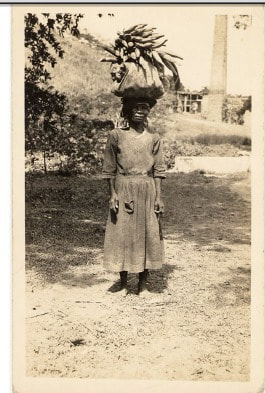
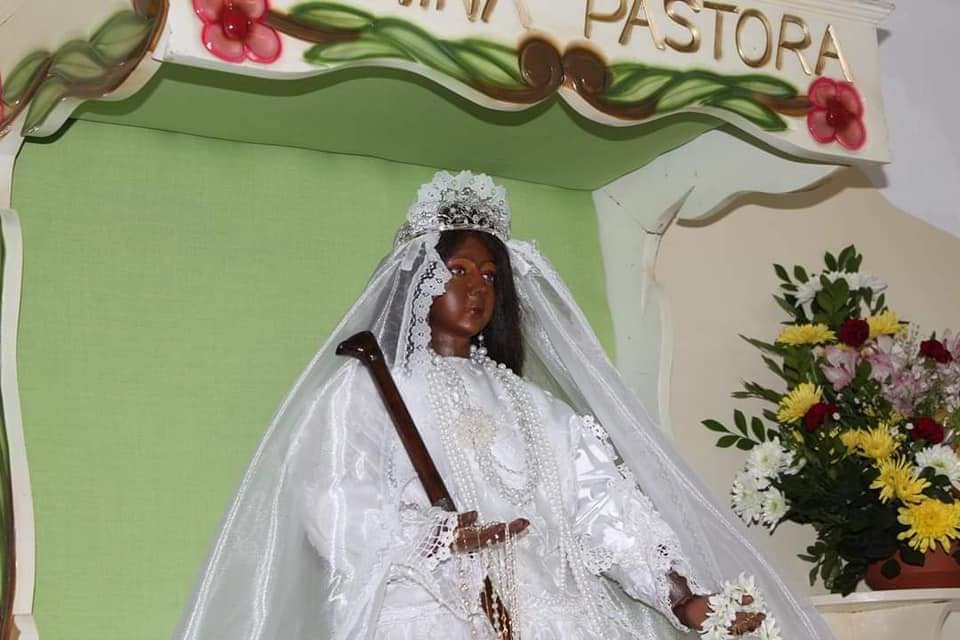
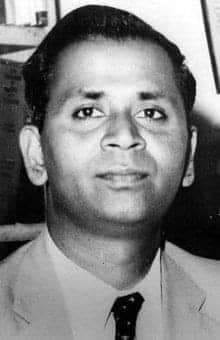
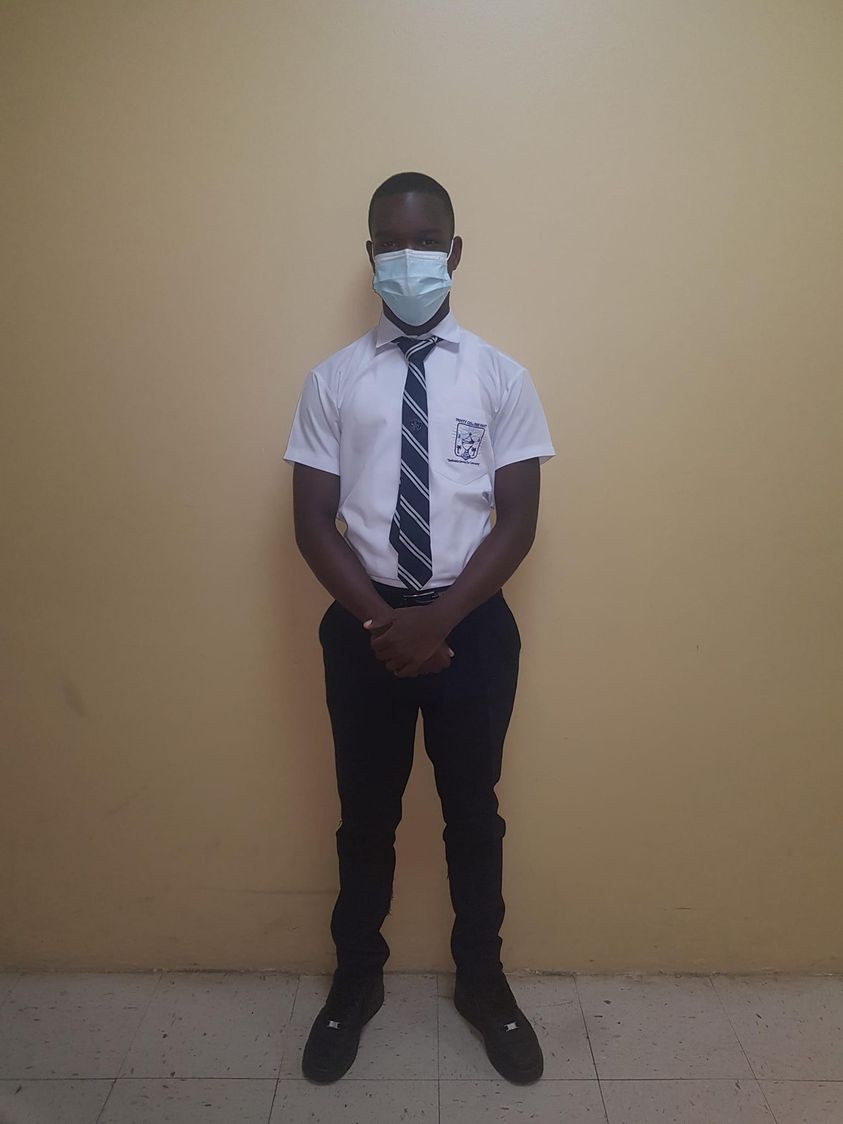
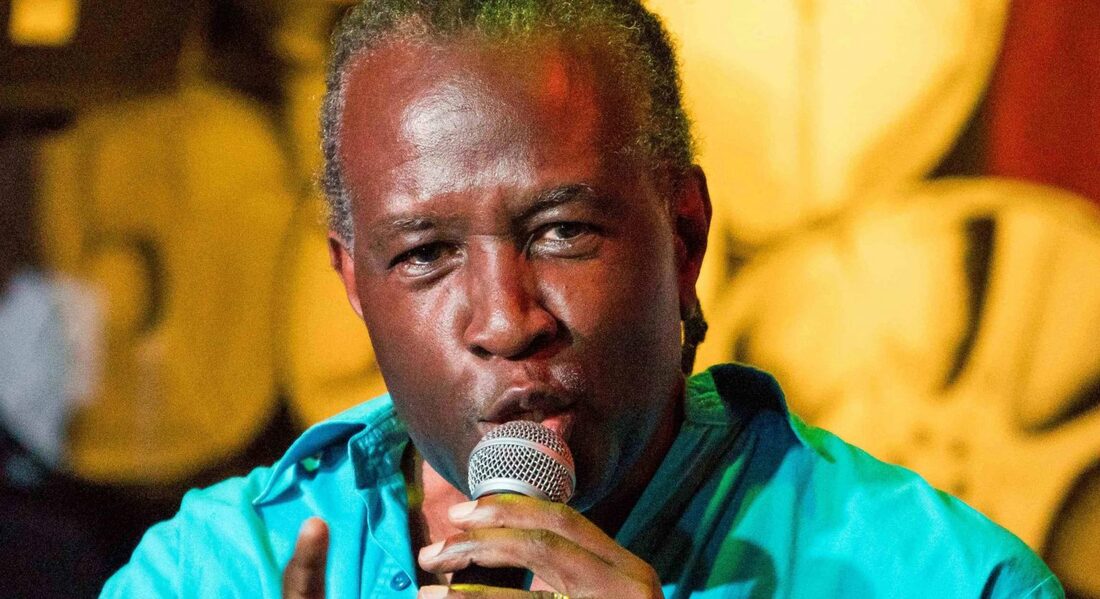
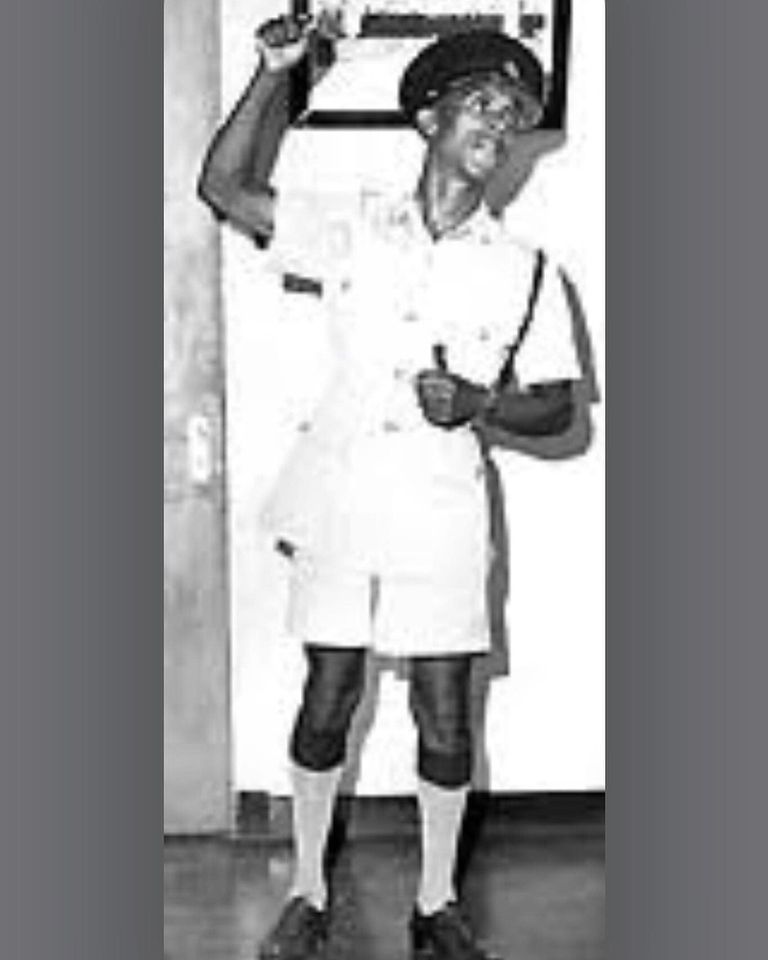
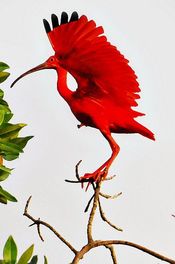
 RSS Feed
RSS Feed